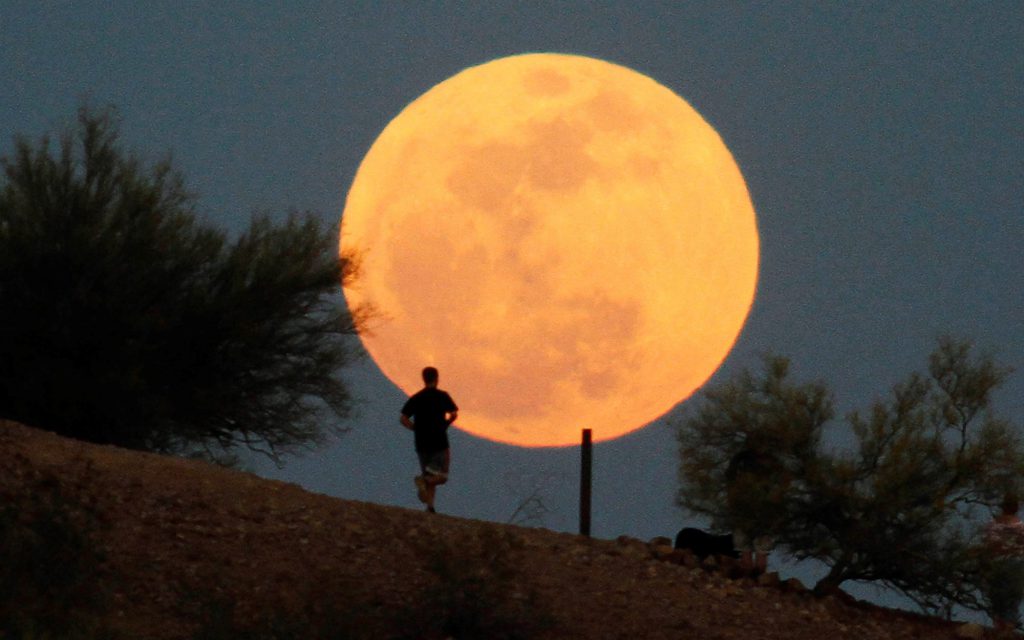In a world plagued with coronavirus news, the skies will lay upon the world a beautiful phenomenon in the form of a pink “supermoon”. Seen all across the globe, the supermoon will be observed at 5:35 am on April 8 in Greece.
While the pink supermoon won’t actually appear pink to the eye, It’s close proximity to Earth will make the moon appear up to 14% bigger and 30% brighter than a full moon at its farthest point from Earth.
April’s 2020 Pink Supermoon is named after phlox, the pink flowers that bloom in spring. These brightly-coloured flowers are native to North America, and they often bloom around the time of April’s Full Moon.

The pink supermoon will approach the Earth at its closest point for this year, at a distance of 356,907 kilometres (200,000 miles.)
The term “supermoon” was coined in 1979 by astrologer Richard Nolle. It has become an increasingly more popular and media-friendly term in the decades since then. According to NASA, it’s used by the media today to describe what astronomers would call a perigean full moon: a full moon occurring near or at the time when the moon is at its closest point in its orbit around Earth.
The first Full Moon in April is also known as the Paschal Moon in the Christian calendar, because it is used to calculate the date for Easter; the first Sunday after the Paschal Moon is Easter Sunday.
We have 13 full moons to look forward to in 2020. Here’s when you can see them.

